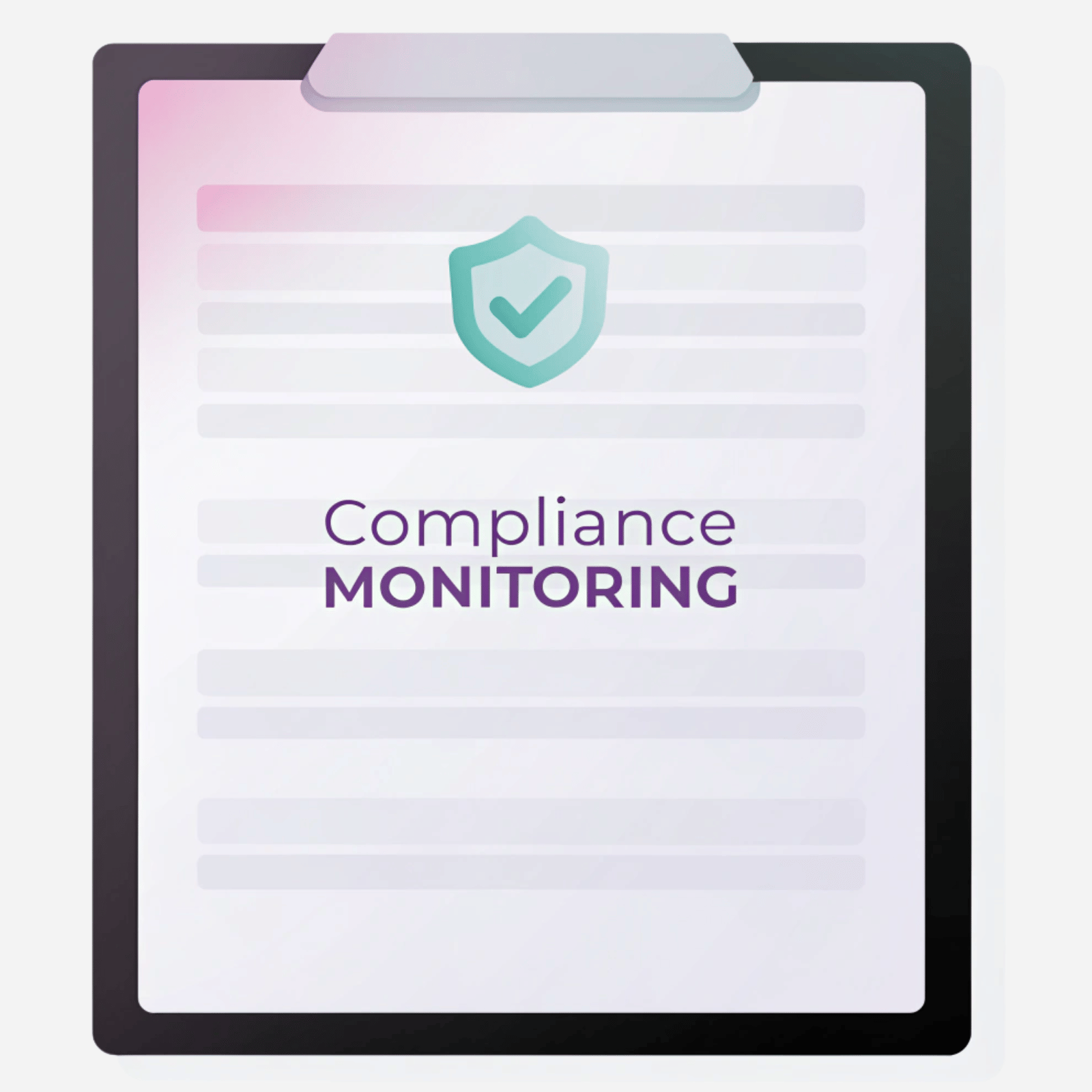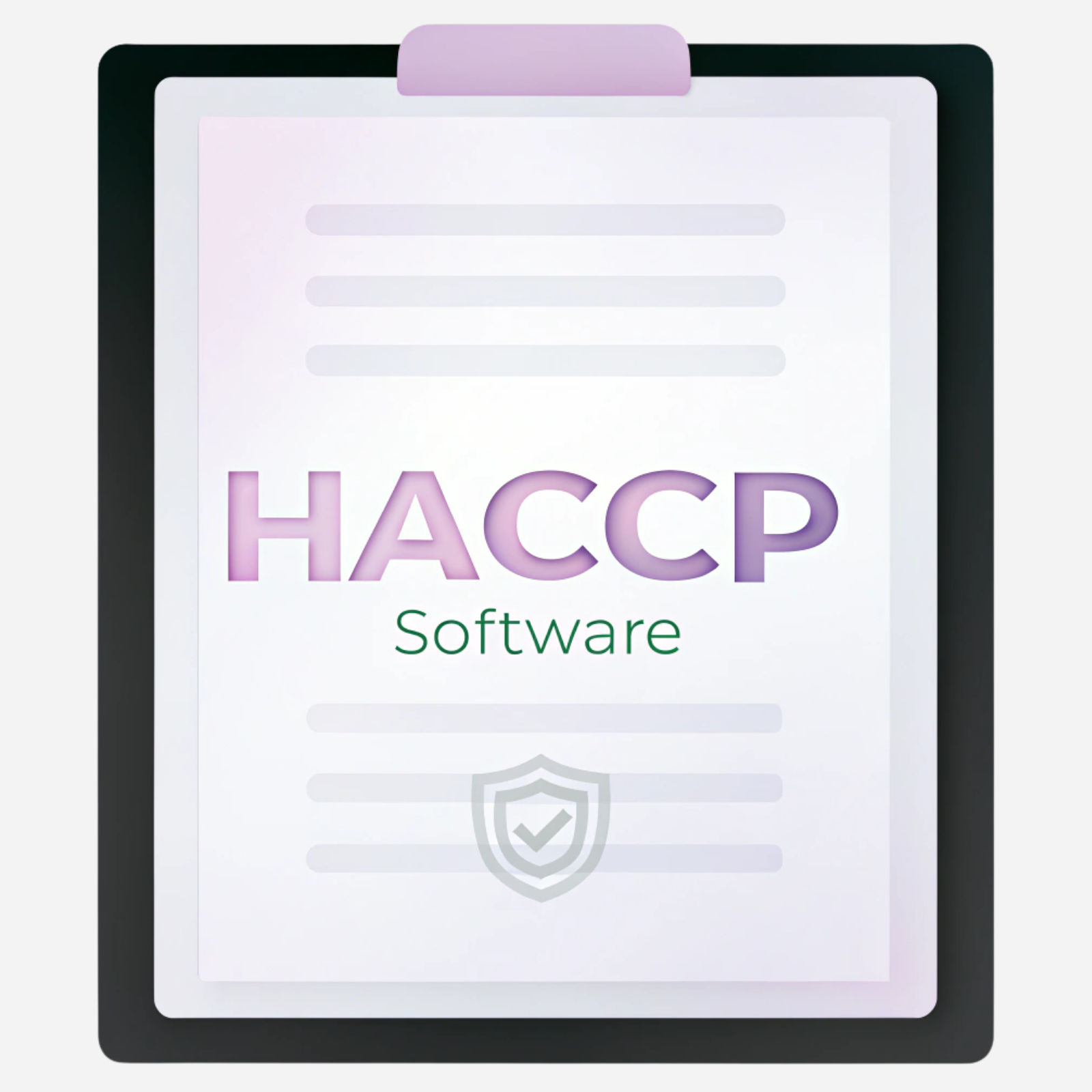
Introduction
Building AI agents that ensure compliance with regulations, maintain accuracy, and deliver reliable performance is a complex but essential goal. But how feasible is it to develop an AI agent that consistently meets these high standards in the compliance sector?
At its core, an AI agent is an intelligent system designed to perform specific tasks or achieve predefined objectives for businesses. In compliance, this means ensuring adherence to legal frameworks, industry regulations, and organizational policies. However, the pursuit of flawless compliance can introduce challenges, such as overfitting to specific rule sets, leading to reduced adaptability in dynamic regulatory environments.
In this article, we will explore best practices for building AI agents in compliance. We’ll cover key factors such as data integrity, effective agent orchestration, retrieval-augmented generation (RAG) integration, and continuous monitoring—critical components for developing AI agents that remain accurate, scalable, and adaptable in ever-evolving compliance landscapes.
Uploading and Preparing Data for AI Agents: Best Practices for High-Quality Input
The Importance of High-Quality Data
When preparing data for upload into an AI system, think of it like prepping ingredients for a big meal - you want only the best going in. The quality of the data matters because if it’s messy, outdated, or irrelevant, you’re setting your AI up for failure. Poor data quality leads to inaccurate insights and diminished AI performance. Therefore, it’s crucial to start by removing any duplicates or irrelevant information and cleaning the data to prevent inconsistencies. This gives your AI the tools it needs to understand the real world, making it much better at handling whatever challenges arise. Moreover, just as you regularly update your playlist with new tracks, your data must be kept current. Regular updates are essential for helping the AI stay sharp, agile, and prepared for future tasks.

How AI Agents Process Data: The Steps Behind Accurate Insights
There are multiple ways to upload compliance-related data into an AI system, ensuring flexibility based on the data’s format and source:
- Upload structured or unstructured text in HTML or plain text format.
- Add compliance documents, such as policies, contracts, or reports (PDFs, Docs, XLSX, etc.).
- Provide direct URLs for regulatory guidelines and legal references.
- Upload documents via individual URLs to maintain structured data access.
These methods allow AI agents to handle diverse compliance data sources, ensuring they can accurately analyze policies, regulations, and legal frameworks.
Once uploaded, the AI agent processes compliance data through three key steps: parsing, chunking, and indexing. These steps are essential for maintaining data integrity, ensuring regulatory accuracy, and improving AI-driven compliance monitoring.
Step 1. Parsing
Parsing transforms any uploaded data into a single usable format for ease of use. This step ensures that an AI agent will operate with clear, high-quality data. Effective parsing ensures the data is ready for further operations like data analysis. Additionally, it helps mitigate the risk of "hallucinations" where the model might otherwise misinterpret information or provide inaccurate answers just because we gave the model this unclear data.
Step 2. Chunking
Chunking breaks down complex problems into smaller, more manageable subproblems. In data processing, chunking involves dividing large datasets into smaller, more digestible pieces. There are a lot of different chunking methods, starting from simple approaches like using a sliding token window, which breaks down text by moving a set number of words or characters at a time to capture overlapping information and extending to more advanced techniques like a Statistical Semantic Chunker, which adjusts chunk sizes dynamically based on meaning and statistical thresholds to optimize context comprehension. This approach enables faster processing times and ensures the AI retains the essential context, whether the data is from a straightforward document or a complex webpage. By segmenting the data, the AI becomes more efficient and can process information faster, ensuring timely responses.
Step 3. Indexing
Indexing organizes data for rapid retrieval. AI agents use vector space models to identify similar documents or data points, allowing the AI to match queries with relevant results quickly. However, while indexing helps with semantic similarity, it may occasionally miss deeper contextual connections. Nonetheless, it significantly enhances the AI’s understanding and improves the accuracy of its responses, ensuring they are contextually aligned with user inquiries.
Together, parsing, chunking, and indexing create a robust AI-powered compliance workflow. These processes enable AI agents to analyze policies, track regulatory updates, and provide precise, context-aware compliance guidance.
AI Agents Orchestration for Seamless Collaboration and Performance
Now that your compliance data is prepared and processed, it's time to deploy your AI agents effectively. This is where AI agent orchestration plays a crucial role - think of it as managing a well-structured compliance workflow. Just as you wouldn't assign a single employee to handle every aspect of regulatory adherence, orchestrating AI agents ensures each one specializes in a specific compliance task, improving accuracy, efficiency, and accountability.
Coordinating Multiple Agents
AI agent orchestration in compliance ensures seamless coordination between various AI tools and systems to enhance regulatory adherence and operational efficiency. By integrating compliance-focused AI agents, organizations can automate complex workflows, ensuring that each system component works harmoniously to meet legal and policy requirements.
Orchestration manages data flows between agents, synchronizes their activities, and optimizes resource allocation to maintain accuracy, consistency, and transparency in compliance processes. This approach enables organizations to address regulatory challenges effectively by combining advanced AI models for document analysis, risk assessment, anomaly detection, and audit automation, leveraging specialized capabilities across natural language processing, computer vision, and machine learning.
Role Assignment and Collaboration
Each agent in a multi-agent setup has a specialized role, ensuring that the system as a whole operates smoothly and efficiently. For example:
- Agent 1 - Document Recognition: Finds and organizes information from uploaded documents.
- Agent 2 - Customer Memory: Tracks previous customer interactions to provide personalized responses.
- Agent 3 - RAG Answers: Retrieves and generates accurate responses based on available data.
- Agent 4 - LLM (Large Language Model): Understands and responds to complex queries.

Leveraging RAG and LLMs to Boost AI Agent Intelligence
Imagine you're trying to answer a tricky question but don’t know the full answer off the top of your head. With RAG, the AI agents go on a "research mission" pulling relevant info from a library of data to help you craft a smarter response. It’s like asking a friend to Google the answer for you before you speak!

Addressing LLM Limitations with RAG
Large Language Models (LLMs) are powerful but have inherent limitations, particularly when dealing with compliance-related queries that require up-to-date regulations, precise legal interpretations, or proprietary policy data. These gaps can lead to "hallucinations" - factually incorrect or misleading outputs, especially in regulatory analysis. Retrieval-Augmented Generation (RAG) mitigates these risks by integrating LLMs with external compliance databases, enabling real-time retrieval of relevant policies, legal precedents, and industry standards.
How RAG Enhances Knowledge Query Handling
RAG significantly improves the accuracy of compliance-related responses by retrieving authoritative data from structured regulatory sources. Unlike simple search-based retrieval systems that may miss critical context, RAG uses semantic similarity and query planning to synthesize relevant regulatory information across multiple documents. This approach ensures that compliance professionals receive well-supported and contextually accurate insights, reducing the risk of misinformation in decision-making.
Agentic RAG: Integrating Agents for Enhanced Performance
Agentic RAG further enhances compliance automation by integrating AI agents that act as intelligent intermediaries. These agents validate retrieved compliance data, cross-check sources, and ensure contextual alignment before passing information to the LLM. By orchestrating RAG with compliance-focused AI agents, organizations improve accuracy, maintain regulatory integrity, and streamline compliance workflows, ultimately reducing the burden of manual oversight.

Building Continuous Learning and Feedback Loops for AI Systems
While RAG and LLMs offer relatively cheap and straightforward solutions for enhancing an AI agent’s ability to handle complex queries and deliver accurate responses, these technologies can only take us so far into the future. As systems grow more intricate, each small change requires an engineer to make careful adjustments. Simply adding layer upon layer eventually reaches a limit, where further expansion becomes impractical due to overwhelming complexity. This is where feedback loops directly from customers become essential, allowing the system to evolve based on real-world use and needs, rather than solely through technical modifications.
Continuous Improvement through Feedback
In compliance-driven AI systems, a structured feedback loop ensures accuracy, consistency, and adherence to evolving regulations. This process allows AI agents to refine their responses based on performance evaluations and user input. The loop operates in key stages: First, the AI model generates an output based on regulatory data, policy requirements, or compliance queries. Next, the system conducts an internal assessment, identifying potential gaps in reasoning or alignment with industry standards. Following this, compliance officers or auditors review the response, providing scores and rationales based on legal and regulatory accuracy. These multiple layers of feedback help fine-tune the AI, ensuring its outputs remain legally sound and contextually relevant over time.
Adaptive Learning Mechanisms
In a multi-agent compliance system like IONI, feedback loops help evaluate the accuracy of AI-driven legal or regulatory interpretations. The model continuously learns from historical data, error patterns, and compliance expert reviews. If a particular agent repeatedly misinterprets a specific regulation or fails to recognize jurisdictional differences, the feedback system flags these inconsistencies. This allows for targeted updates, such as refining training data, adjusting compliance logic, or improving contextual understanding of regulatory texts.
Measuring Performance and Adjusting Responses
Measuring agent performance is critical in compliance AI, as inaccuracies can lead to legal risks or regulatory violations. Feedback loops identify patterns of misinterpretation and trigger automated or manual interventions to correct the AI’s decision-making process. Stateful memory plays a key role in ensuring consistent compliance responses, allowing AI agents to retain and apply knowledge from previous interactions. This long-term learning capability not only improves agent reliability but also strengthens regulatory transparency, ensuring AI-driven compliance solutions remain aligned with the latest legal frameworks.
Conclusion
Building AI agents for compliance isn't just about meeting regulations once – it's about creating systems that continuously adapt to evolving standards and industry requirements. By ensuring high-quality data, effective orchestration, and ongoing feedback loops, you can develop AI agents that improve over time, maintaining accuracy, reliability, and compliance. After all, the most effective AI agents, like the best compliance teams, are always learning, refining, and staying ahead of regulatory changes.









